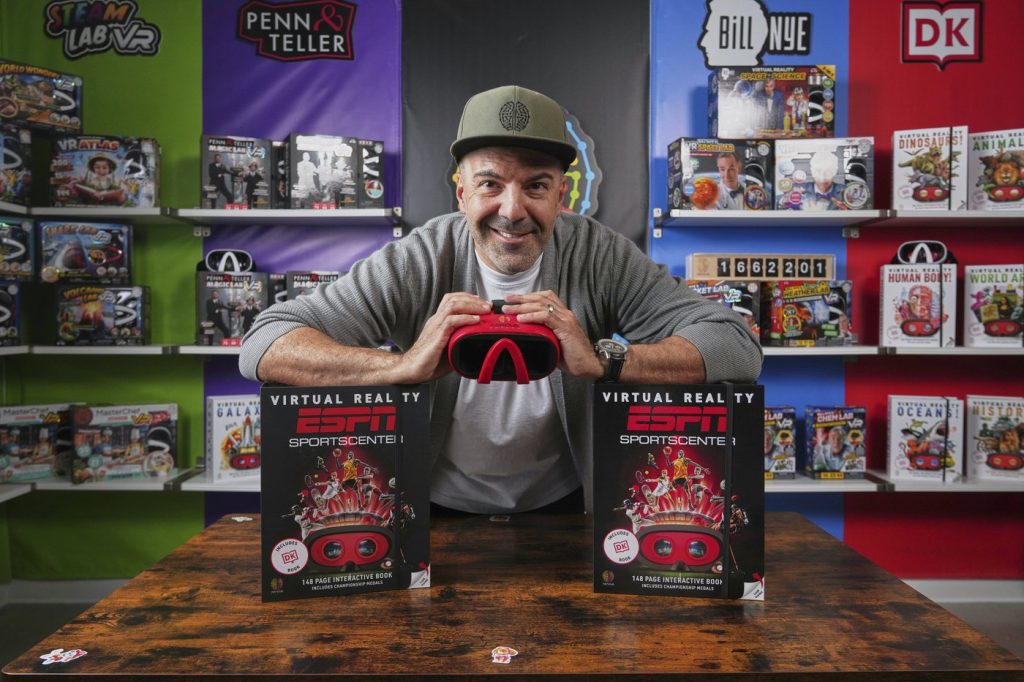NEW YORK (AP) – Consumer product companies are adjusting their strategies to mitigate rising costs resulting from new import tariffs instigated by President Donald Trump. These tariffs impact key trading partners and materials essential to American manufacturers, compelling companies to explore innovative ways to cut costs without passing the burden onto consumers.
The current economic landscape presents challenges that differ significantly from Trump’s first term. U.S. consumers are experiencing financial strain following several years of inflation, prompting businesses to be cautious about raising prices. Many firms are hesitant to transfer the full extent of increased costs to customers for fear of losing sales. Instead, they are examining their supply chains and product designs for potential savings, which can manifest through practices like “shrinkflation,” where products shrink in size while maintaining the same price.
Some specific strategies retailers and brands are adopting to cope with the uncertain economic climate include a rethinking of supply chains. Tightening tariffs, such as the additional 20% on goods from China and a 25% tariff on imported steel, aluminum, and automobiles, have pushed companies to evaluate their sourcing tactics. Experts like Kimberly Kirkendall, president of supply-chain consulting firm International Resource Development, advise companies to focus on immediate cost-saving measures rather than long-term shifts like relocating factories from China.
One notable approach involves altering product specifications. For example, Los Angeles-based Abacus Brands Inc., which produces educational toys, plans to reduce material costs by using thinner paper for product booklets. This small adjustment could prevent a $10 increase in retail prices, demonstrating how incremental savings can accumulate significantly. Furthermore, Aurora World Inc., a toy manufacturer, is seeking to simplify its products by minimizing paint colors—a tactic that reduces both labor and material costs.
Alongside product reconfigurations, companies are also looking into “economy packaging” as a method to offset tariff impacts. Jay Foreman, CEO of Basic Fun, has presented various packaging options to retailers, ranging from traditional boxes to no packaging at all, indicating potential savings between $1.25 and $1.75 per item. Such shifts not only serve to reduce expenses but may also appeal to eco-conscious consumers.
Another significant insight reveals that shoppers may need to assemble more products themselves. Kirkendall noted that an innovation in shipping could require manufacturers to redesign items for flat-pack shipping, thereby lowering transportation costs. Moreover, companies are reevaluating the accessories included with their products, identifying non-essential items, such as batteries or decorative gift boxes, that can be excluded to minimize costs.
The potential return of “shrinkflation” is also a concern among consumer advocates, who expect manufacturers to reduce sizes or weights of products as a method to absorb the costs associated with the new tariffs. Edgar Dworsky, a consumer advocate, highlighted that the upcoming tariffs could lead to changes such as smaller toilet paper rolls, with numerous companies likely to discreetly adjust their product offerings to manage rising expenses.
Through these various strategies—reconfiguring product designs, economizing packaging, eliminating non-essential accessories, and embracing shrinkflation—companies are striving to navigate the complex and challenging terrain of increased tariffs and an inflation-pressed consumer base. As these adjustments unfold, the effectiveness of these measures in counteracting the financial pressures remains to be seen.










